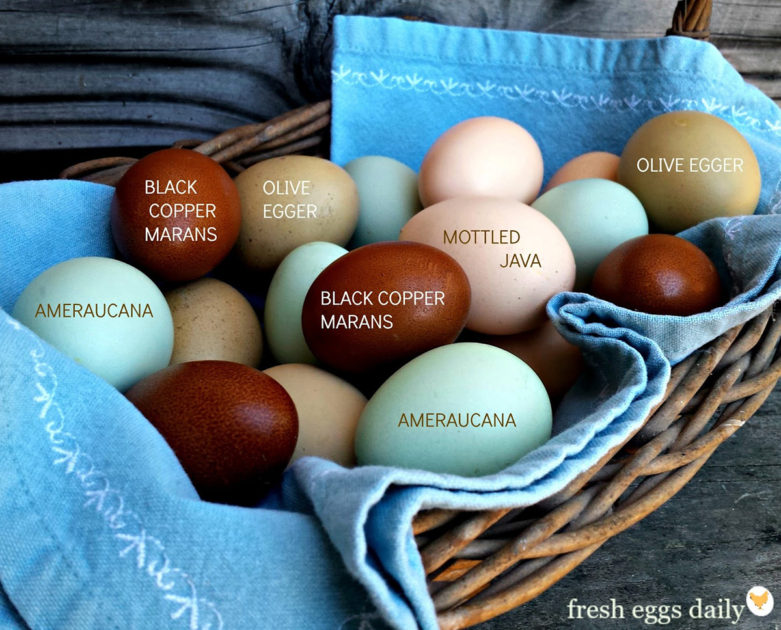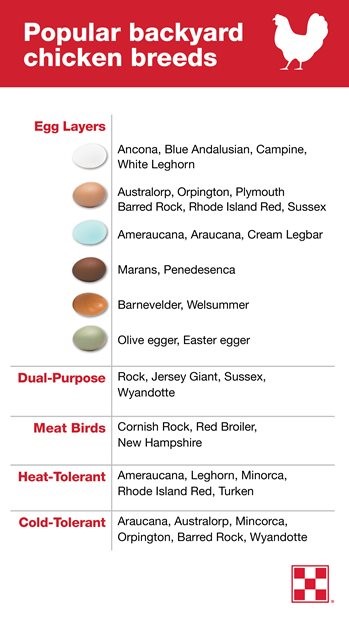Laying The Rainbow

As we gear of for Easter weekend, I have one question for you:
Have you ever wondered how hens laid colored eggs, like the Easter Bunny?
I gained insight from Purina Animal Nutrition, and I wanted to share it with you.
Each chicken breed has specific genes that affect eggshell color. No matter what color the egg is, hens need a balanced nutrition to lay eggs with a strong, protective shells. Purina® has a layer feed that includes Oyster Strong® System so all the calcium needed for hens is in the feed – no need to supplement.
Colored television may be commonplace today, but can you imagine the excited chatter as families witnessed it for the first time in the 1950s? The same holds true for farm fresh eggs. From olive to blue and speckled to chocolate brown, colored eggs are trending in the backyard chicken world today.
All eggshells start white inside the hen, because shells are primarily calcium. If your hens lay colored eggs, look at the inside of the shells to
see the importance of calcium:
- White eggs will be white all the way through
- Brown eggshells will be white on the inside
- Blue eggshells are blue all the way through
- Green eggshells will be blue on the inside and green on the outside
You may be able to tell the shell color by the hen’s earlobe. Hens with white earlobes typically lay white or lightly tinted eggs. Hens with red earlobes most commonly lay brown eggs, but there are always exceptions to those rules. Different shades of eggshells can come from the same bird on different days. This is because the bloom, put on right before the egg is laid, contains a fair amount of pigment.

A hen will not change eggshell colors throughout her life; although, toward the beginning of a laying cycle the hue may be darker than towards the end of the cycle.
Some chicken keepers discover even more unique egg colors, like deep pink, dark green or speckled, by crossing different breeds. When a hen and rooster are mated, genes from both parents contribute to the eggshell color laid by their offspring.
Some of the most popular crosses are called Easter Egger or Olive Egger chickens. Easter Eggers can lay a variety of egg colors, from blue to green and sometimes even pink. Olive Eggers are aptly named for the olive-colored eggs they lay and are a result of crossing brown egg layers with blue egg layers.
Collecting farm fresh eggs becomes so much more fun when the shells are shades of the rainbow. That’s why many chicken raisers keep a variety of breeds. Just remember, no matter the shell color, a hen needs calcium in her layer feed to lay strong, stay strong. Keep your hens flock strong with Oyster Strong® System.
I’ll Leave You With This: Easter Is The Only Time When It’s Perfectly Safe To Put All Your Eggs In One Basket.
For more information on layer feed that contains the Oyster Strong® System, click on the Purina Mills site: https://www.purinamills.com/chicken-feed/campaign/oyster-strong
Happy DIY Home provides a list of high-quality chicken feed products to keep your chickens healthy and thriving. Superior Ag is capable of providing a custom blend for your flock, meeting their nutritional needs.